“
Believe
nothing you hear, and only one half that you see.”
-The
System of Dr. Tarr and Prof. Fether by Edgar Allan Poe (1845)
Poe’s
classic tale told of a state of the art hospital boasting a curiously
experimental treatment, but things were not as they seemed. In The
Half That You See, twenty-six writers from around the globe share
their literary optical illusions in never before seen stories of
portentous visions and haunting memories, altered consciousness and
virulent nightmares, disordered thinking and descents into madness.
Take a walk down the paths of perception that these dark fiction
raconteurs have tunneled for you, but keep a tight grip on your
flashlight: the course twists and turns, and once you’re on route
to your destination, there is no turning back. That which creeps
about in the poorly lit corners of the human mind has teeth, and it’s
waiting for you.
"Chalk"
by Elin Olausson
A young
man rents a
room at a bed & breakfast and meets a girl who sleepwalks during
the day and is only herself at night.
"Winnebago
Indian Motorhome by Tonka" by Eddie Generous
Chasing down
nostalgia, Josh Dolan buys a vintage Tonka Winnebago, but it isn't
quite like the toy he'd had as a kid; this Winnebago knows the
future, and it knows Claire Dolan's secrets.
"Sepia
Grass" by Sam Hicks
A
young man begins
to question the recurrent visions he has always believed to be
flashbacks to a childhood drug overdose.
"Prisoner
"by T.M. Starnes
Kidnapped
prisoners
sometimes survive, but that's when their terror truly begins.
"Turn a
Blind Eye" by Kelly Griffiths
An explosion leaves
an ornery pharmacist with shards of mortar in his eyes and disturbing
changes to his vision, especially when he looks in the mirror.
"Falling
Asleep in the Rain" by Robert P. Ottone
A man recounts his
youth through a dream, revealing as a young boy his experiments with
love for another boy, only to face the ire of his murderous father.
"Black Dog
Blues" by Luciano Marano
In a story inspired
by an actual urban legend popular among American truckers about a
spectral black dog that appears to drivers just before a lethal
crash, a haunted man recounts his own devastating encounter
with the creature and sets out for revenge with a
hapless hitchhiker reluctantly in tow.
"Imaginary
Friends" by Nicole Wolverton
Julie Strawbridge is
called in to see the principal of her nephew Augie's school after he
is expelled for selling imaginary friends to his classmates for a
dollar.
"Boogeyman"
by Susie Schwartz
One
boogeyman; two
perspectives, and the horror of mental illness that torments them
both.
"Safe as
Houses" by Alex Giannini
Carrie and Will
moved into a new home, into a new phase of their lives. But every
love story is a ghost story, and theirs is no different.
"The New
Daddy" by Scotty Milder
A
crumbling marriage
and a new home is filtered through the eyes of its smallest witness.
"Cauterization"
by Mack Moyer
A woman on
a
methamphetamine binge harbors a dark secret from her past that begins
to manifest in vivid waking nightmares that may, or may not, be real.
"The Tapping
at Cranburgh Grange" by Felice Picano
When an American
couple leases and then buys a manse in England, they become aware of
a strange noise only some people can hear.
"Elsewhere"
by Bill Davidson
Colin lives
a
stressful life in an overcrowded flat with a sick daughter and a
mother with dementia, in the middle of crammed and noisy London. More
and more, however, he is elsewhere.
"Daughters
of the Sun" by Matt Masucci
A retired homicide
detective living in Florida finds that a past case investigating a
dark nature cult twists into his reality.
"The
Coffin"
by Victoria Dalpe
A young
woman still
grieving a recent loss discovers an exhumed coffin on the street.
"Old Times"
by Mark Towse
A man
suspects his
wife is cheating on him, and when she leaves for the evening, he
considers the possibility over a bottle with an old friend.
"Lonely is
the Starfish" by Lena Ng
Many people have
pets, but one lonely young man becomes too close to his pet starfish.
"Hagride"
by Justine Gardner
A
cormorant speaks,
and Josie tries not to listen as it begins to resemble ghosts from
her past.
"Raven
O’Clock" by Holley Cornetto
A man seeking
shelter from the tragedies of his life finds more than he bargained
for in a mysterious cabin.
"Officer
Baby Boy Blue" by Douglas Ford
An eye injury and a
grotesque gift from a police officer in a hospital emergency room
ultimately leads a young man to special properties of sight.
"The
Intruder" by Lamont A. Turner
Suspecting someone has invaded her home and the homes of those close to her, a woman struggles with delusions that may not have originated with her.
"Alone in the Woods in the Deep Dark Night" by Edward R. Rosick
Trapped in his cabin by a howling snowstorm in the desolate wildness of Michigan's Upper Peninsula, Gary Chandler finds that freezing isolation is only the beginning of a descent into bloody madness.
"Mesh" by Michael W. Clark
A regular guy wants too much control in the modern global community: over both his home and his wives.
"Der Hölle Racht" by Laura Saint Martin
A victim of domestic violence embarks on a drug-fueled journey and rampage.
"The Red Portrait" by Mahlon Smoke
A frustrated artist spies a forgotten portrait in a shop and finds himself consumed by its beauty.
**Get the anthology for $5 off or get $10 off the book/candle set HERE!**
The Half That You See is written by twenty-six authors from five different countries, including Hemingway Foundation/PEN Award finalist Felice Picano, Feature Writer of the Year recipient Luciano Marano, and honorees from Ellen Datlow’s most recent Best Horror of the Year, Bill Davidson and Sam Hicks. Editor Rebecca Rowland is a dark fiction writer whose previous Dark Ink anthology curation work includes Ghosts, Goblins, Murder, and Madness and Shadowy Natures: Stories of Psychological Horror. Dark Ink Books is the proud home of UnMasked , the best-selling memoir of horror legend Kane Hodder, and Savini, the special effects icon’s coffee table biography.
Queer Representation in Horror
by Robert P. Ottone
I remember hearing about the death of Matthew Shepard.
It was 1998, I was fourteen years old, chubby, awkward and waiting to see the Yankees win the World Series later that night. I was probably wondering what I was going to dress up as for Halloween, or getting ready for my parents’ annual Halloween gala, hosted at our creepy house.
Days earlier, Shepard had been found on the side of the road, beaten, bloody, and left for dead. The news had picked up the story, and while I had heard what had happened, my whitebread, boring-as hell Long Island middle school didn’t discuss it in our social studies classes. Instead, we probably covered whitewashed events and ignored what had happened to a young man, a then-modern victim of hatred in the Midwest.
When Shepard’s picture came on television (most likely MTV News, knowing my younger self) the day he died, I couldn’t get the idea of what happened to him out of my mind. The sheer terror that must have gone through his head as he was assaulted and eventually murdered by two common pieces of trash. The sheer hatred and vitriol that was spewed Shepard’s way.
Levels of ugliness most of us (hopefully) will never experience in our lives, all compounded into a single torturous event that resulted in the demise of a human being.
I think finding a place in horror for individuals who have been marginalized is so remarkably important. In an era where small-thinking thugs like the Westboro Baptist Church, Proud Boys and various other, often politically-affiliated groups are all-too-happy to vocalize their hate and distrust for anyone perceived to be outside of “the norm,” it is all the more important for artists of all kinds, whether a filmmaker, writer, or painter, to produce material that ignites the notion of acceptance in their chosen medium.
As a person who, on the surface, appears to be your average, boring, middle-class white male, I have sought and continue to seek greater representation in my writing. I’m fortunate that, in my day job, I work with a variety of individuals from all walks of life, so, in many ways, I see my writing as a way to give them a voice as well.
My story, “Falling Asleep in the Rain” (featured in The Half That You See edited by Rebecca Rowland), deals with issues of sexual identity as well as patriarchal notions regarding the “abnormalities” of homosexuality. I think, in many ways, I was thinking about Shepard, as well, subconsciously, while writing it.
When horror is at its worst: it delivers a scare or two and then you forget about it. When horror is at its best, it lingers. The idea of inclusion and representation in our genre is that we want every story to linger, sure, but also, it’s important for many of us (I don’t speak for all, of course) to ensure that we bring as many voices as humanly possible into our writing. To that end, I believe it is just as important to feature homosexual antagonists as well as homosexual protagonists because, in the reality of the multicolored rainbow world we live in, there has to be room for that delicious gray area. There has to be variation, and I think casting characters of various ethnicities, sexual identities and more across a wide spectrum of both heroes and villains is the best possible way to lean into the concept of inclusion.
I think it’s nice that we’re living in an era of greater representation in horror. Just this year, we had Scream, Queen! about Mark Patton, star of Nightmare on Elm St. 2: Freddy’s Revenge. This is easily my favorite documentary of the year because it tackles the idea of the then-sorta-taboo nature of homosexuality in film (or in horror, in general) head-on, and even is brave enough to confront the screenwriter of the film, a guy complicit in referencing Patton’s performance in a derogatory way.
Masterpieces of the genre like Lyle, Knife + Heart or Stranger By The Lake further the conversation about queer representation in the genre. Both films are prominent fixtures in the Queer Horror section on the streaming service Shudder and are both worth subscribing for. Knife + Heart is like a modern giallo while Stranger By The Lake feels like a steamier Hitchcock. Lyle feels like a powerful, queer take on the work of Roman Polanski, while also being a wonderfully dark and original psychological thrill-ride.
We’ve been seeing more anthologies put an emphasis on LGBTQ+ characters while also giving voice to writers who identify as such. There’s been some pushback in the writing community about this stuff, but at the end of the day, everyone having a seat at the table is a positive thing. Avoiding a repeat of the horrors a young man faced on a cool October night in 1998 through “normalizing” (a term I hate but feel needs to be used in order to get those who don’t respect others to understand the importance) the concepts surrounding LGBTQ+ individuals is all that matters, and if we can do that through our writing and storytelling, then all the better.
Robert P. Ottone’s story in The Half That You See, "Falling Asleep in the Rain," follows a man as he recounts his youth through a dream, revealing as a young boy his experiments with love for another boy, only to face the ire of his murderous father. You can find Robert on Instagram @robertottone.
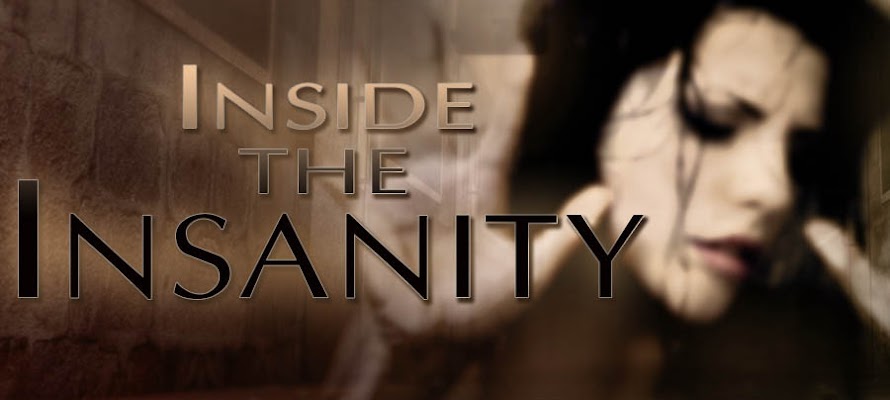
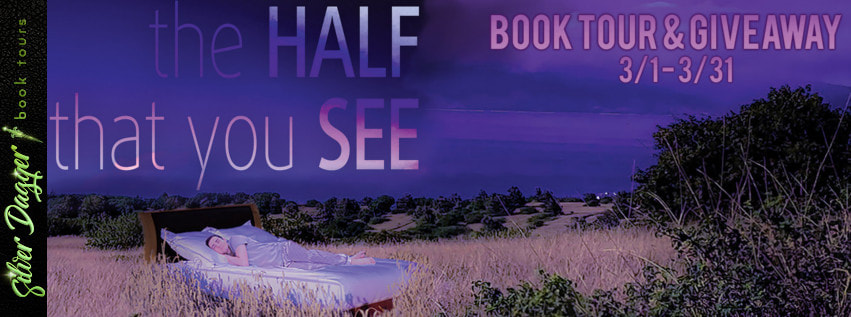
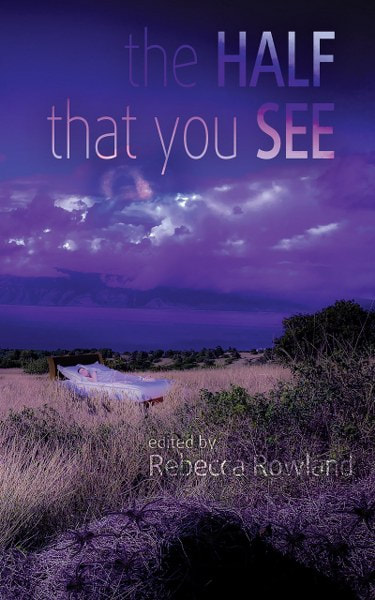

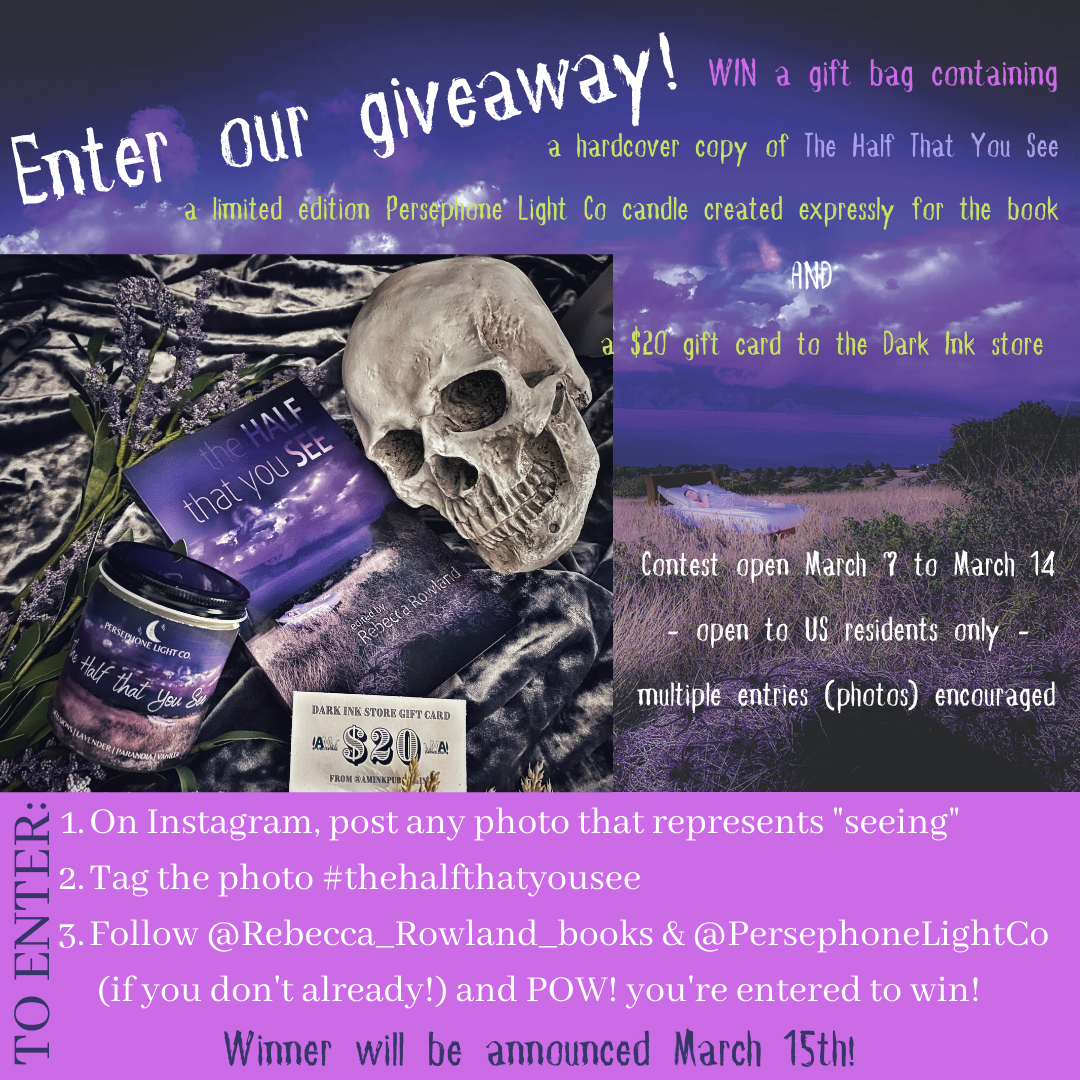


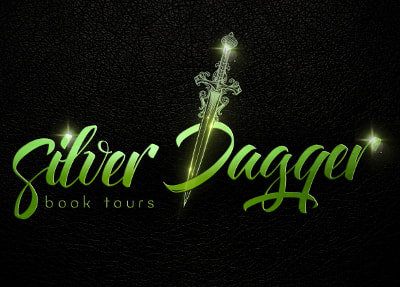
No comments:
Post a Comment